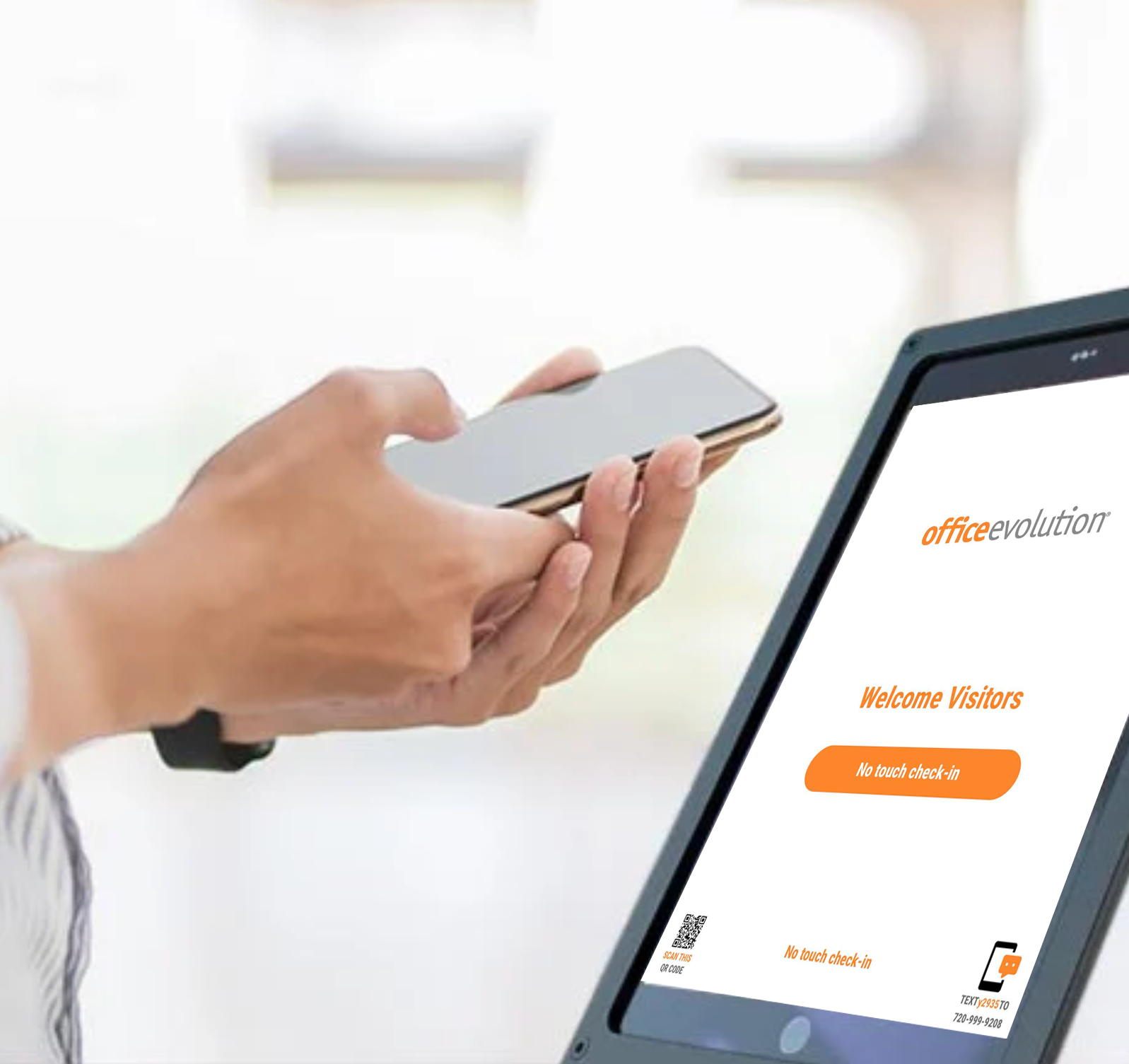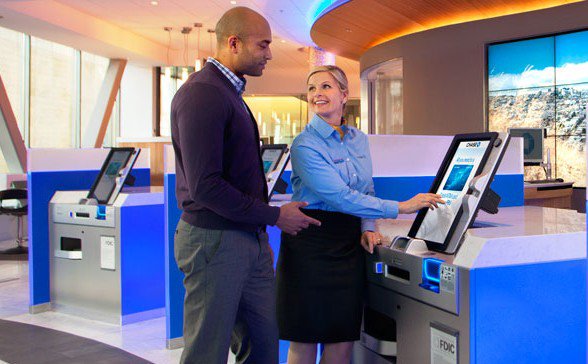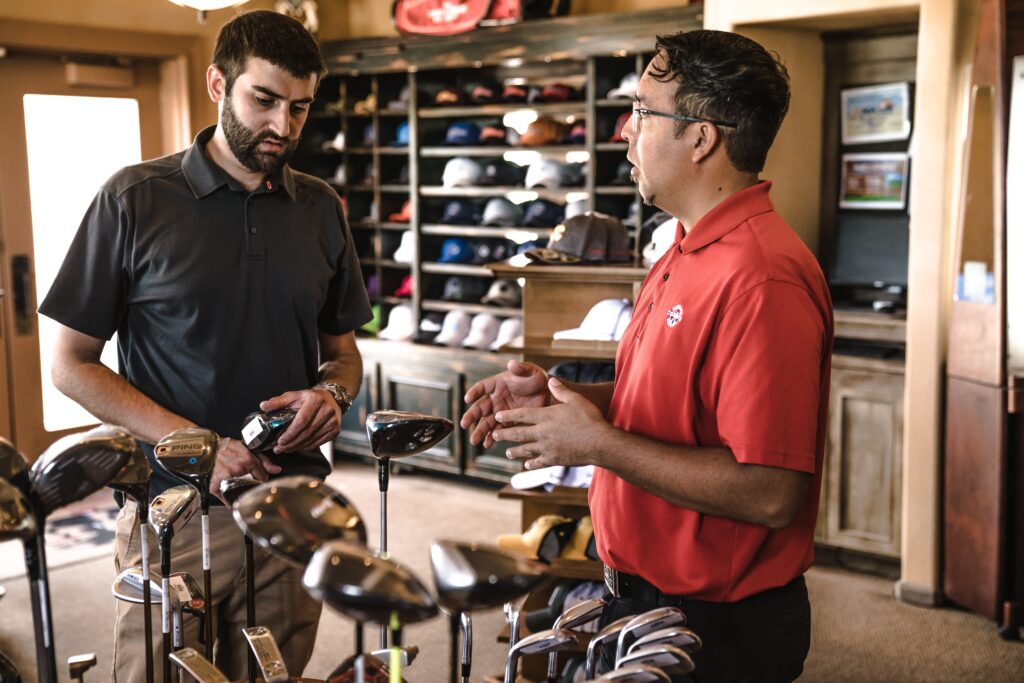July 9, 2020
Denver-Based Firm Develops Technology to Reduce in-Office Touchpoints
A Denver tech company is looking to make the return to the office easier during Covid-19, with a touchless sign-in technology for office buildings.

Originally published by the Denver Business Journal. Re-posted with permission.
A Denver tech company is looking to make the return to the office easier during Covid-19, with touchless sign-in technology for office buildings.
Greetly, founded in 2014, started after CEO Dave Milliken’s experience of visiting other offices when he was then a vice president of marketing and seeing impressive workplaces that had empty and confusing reception areas. It inspired Milliken to form his own company focused on easy sign-in to offices.
The company developed kiosks where a person walking into that space — a guest, a delivery person, etc. — would be presented with different options about why they were there, fill out the information about themselves, get a visitor badge and be checked-in quickly.
Many offices use a system like that today — Greetly started with small firms, but now has large clients like Louisville-based Office Evolution, which runs more than 70 coworking spaces in the U.S. and recently opened its 15th location in Colorado. The company also works with other large corporations: shipping giant DHL and Randstad, an international staffing firm.
Normally, sign-in kiosks or tablets are communal and pose a risk during a pandemic like Covid-19. To fix that, Greetly has adapted its kiosks to be touchless. Rather than touch a screen, which would have to be cleaned after each use to protect people from potentially transmitting disease, guests can use their own phones to sign in. After scanning a QR code or texting a number on the screen (which will respond with a link), they can go through the normal sign-in process but using their own personal screen.
“The concept of going touchless and the kiosk going away had been on our radar screen for about a year and a half, but we didn’t necessarily know what that meant,” Milliken told Denver Business Journal. “One thing the kiosk does is serve as a bit of an anchor. In the old days, you’d walk into an office and the receptionist would be that anchor.”
As receptionist positions started going away at some businesses, visitor sign in kiosks took their place. As Greetly was working toward touchless technology while maintaining an anchor point, but possibly without a kiosk, Covid-19 forced the company’s hand.
Greetly saw increased demand for touchless sign-ins and sped up its timeline. It decided to keep the kiosk to start, but brought the actual signing-in to the mobile phone.
“When we turned around and asked our clients if we built this would they be interested, they said yes and offered to be beta users,” Milliken said.
To hammer home the touchless aspect, he said the bottom third of the kiosk’s screen is taken over with a “no-touch check-in” message and there are clear messages for the QR code and text options. But Greetly is also working on future iterations to allow people without smartphones to check in, such as by filling out information before they come in or printing out a QR code in advance. Visitors can input their information prior to arriving and present a QR code on their phone or printed paper that the kiosk-tablet will scan to complete their sign-in. That feature is currently being tested before it’s released.
{{cta(‘ac879f17-5b48-4f54-9eec-bba849b09fe9′,’justifycenter’)}}
Converting its existing technology to be touchless proved to be another challenge for Greetly. The six-person company moved quickly, developing the adaptations in four to six weeks and then moving on to quality testing. On April 23, it announced its plans to the public and by June the offering was available to customers.
“I’m incredibly proud of our technical team and what they were able to accomplish,” Milliken said.
The touchless technology is something that Greetly is converting to for all clients, with no extra fee.
“From day zero, the mission of the company has been to make workplaces operate efficiently so people who work there can have the best experiences,” Milliken said. “If a workplace has a receptionist or office manager, we don’t want them to be tethered. This allows them to be freed up to do what’s most important in a workplace. We’re improving efficiency and people’s professional lives as opposed to just checking people in. The touchless feature fits in nicely. Fewer people touching fewer shared devices when there are more people on site is one less way to get sick.”



